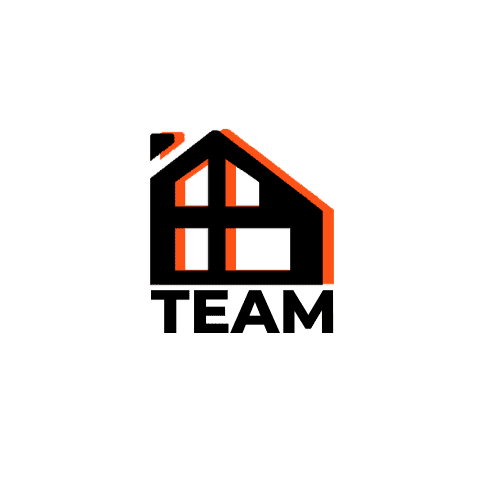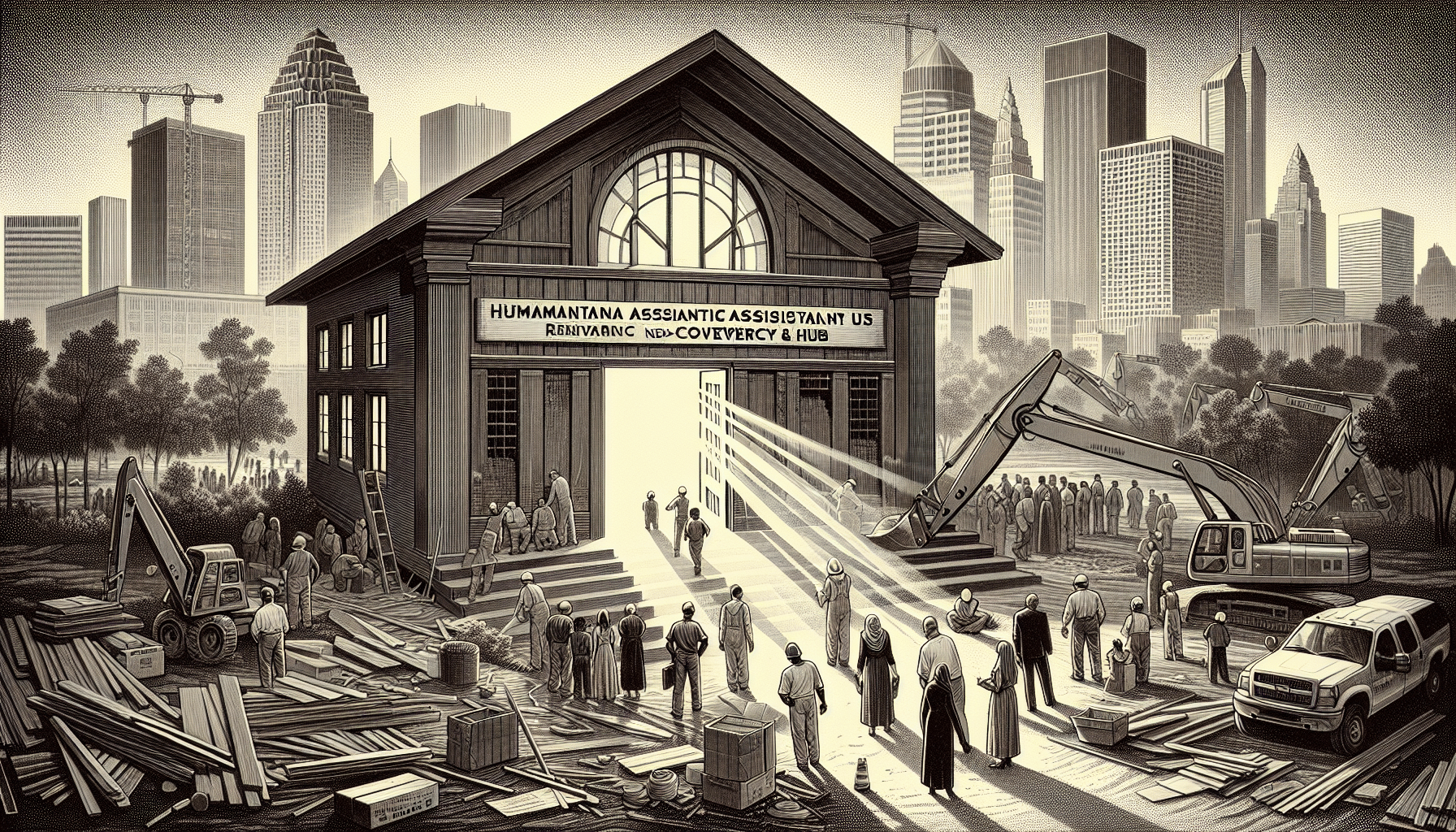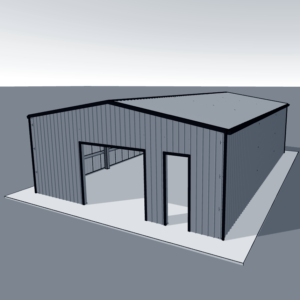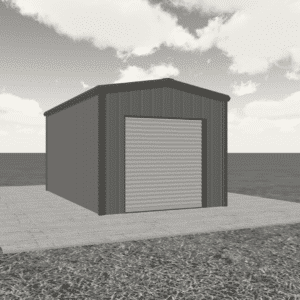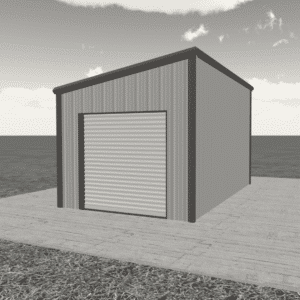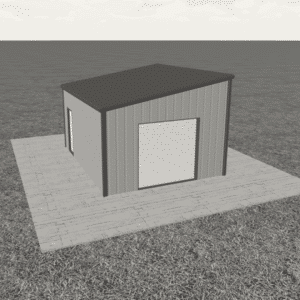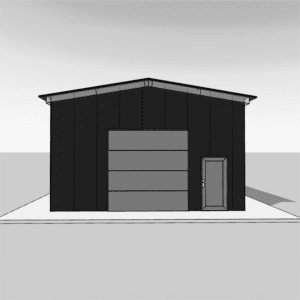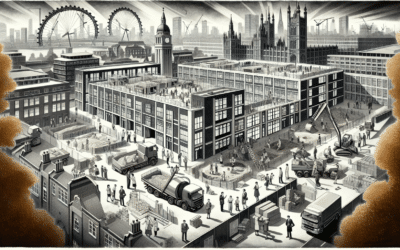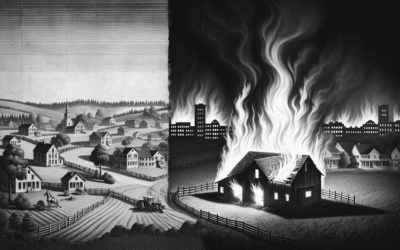Provincial Funding Fuels Homelessness and Addiction Recovery Treatment Hubs in Ontario
Introduction
The province of Ontario, in its endeavor to fight homelessness and drug addiction, is extending its arms towards two of its communities: Sudbury and Sault Ste. Marie. These two cities have now been named as the beneficiaries of provincial funding aimed at creating Homelessness and Addiction Recovery Treatment (HART) hubs. This progressive and necessary social infrastructure addition will play a significant role in real estate development and the built environment of these localities. But what does the construction of such facilities mean for the communities and the construction and real estate sector? Let’s delve in and uncover.
The Genesis of HART hubs in Sudbury and Sault Ste. Marie
In the dead of winter, an unassuming activity can be spotted in the downtown area of Sudbury. A trailer on Energy Court, just off Lorne street, is being modified. This alteration is not in vain; this trailer is set to operate as an overnight warming center for the homeless, starting from November 25 until April 30.
But this initiative is a mere step in the battle against homelessness and addiction; the main act is the construction of the HART hubs. These hubs will act as a sanctuary for those grappling with the adversities of homelessness and drug addiction. This provincial funding acts as an acknowledgment of the intertwined reality of homelessness and addiction, coupling them together in the treatment and recovery process.
Implications for the Construction and Real Estate Development sector
Traditionally, construction and real estate development focuses largely on profitability ratios and return-on-investment metrics. However, the introduction of social infrastructure such as the HART hubs paints a broader, richer canvas. This kind of development provides opportunities beyond basic residential, commercial, or industrial construction. So, where does this link with our construction projects in Ontario or our broader work in Quebec?
Building with Purpose
With such projects, companies have an opportunity to build with purpose, contributing positively to the community. The construction of the recovery hubs requires a balance between safe, non-institutional space to aid recovery, and functional, cost-effective design. It challenges creativity in construction technology.
Impact on Local Real Estate
These hubs also have potential direct and indirect impacts on local real estate. By offering services that address homelessness and addiction, the hubs can contribute to community stabilization, possibly boosting property values in the longer term. They also may attract businesses and services that complement their operations.
The Bigger Picture
With homelessness and addiction plaguing many communities, solutions like the Homelessness and Addiction Recovery Treatment hubs are more than welcome; they are necessary. As much as these are social services, they are developmental catalysts that bring increased dynamism. Our team and extended stakeholders at Your Building Team celebrate these developments that seek to eradicate social issues while providing unique construction opportunities.
Conclusion
The HART hubs are not just buildings; they are a beacon of hope for those struggling with homelessness and addiction. They offer an appreciation of social responsibility in the construction and real estate sectors. As we watch these hubs rise, we look forward to witnessing the growth and healing they promise to the communities of Sudbury and Sault Ste. Marie.
Your thoughts and experiences on this issue are highly encouraged. How do you see such projects impacting the construction and real estate sector? Leave a comment, share your experiences, or ask questions. Continue following us for more insights into the industry. Be sure to read the original news in detail here.
